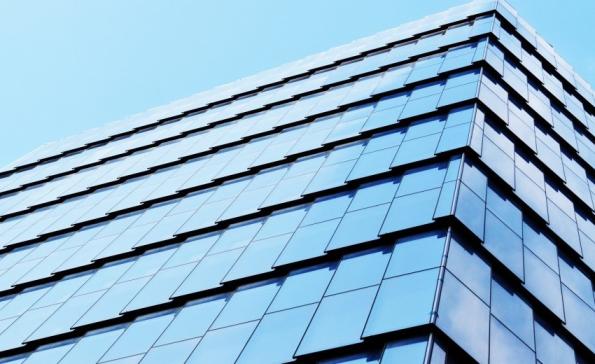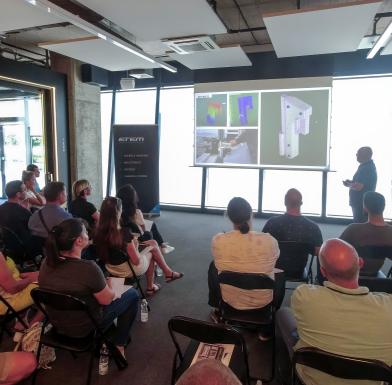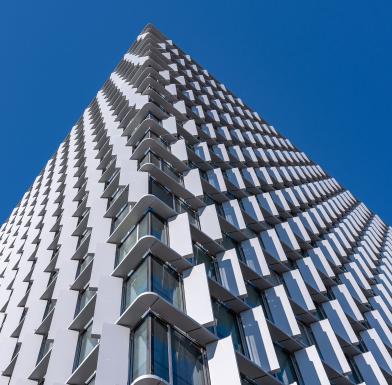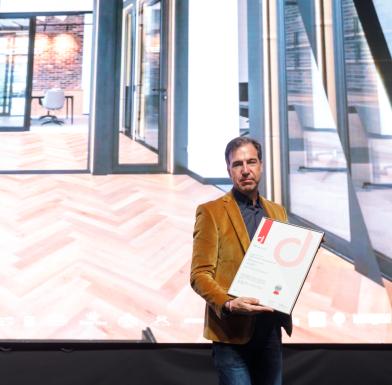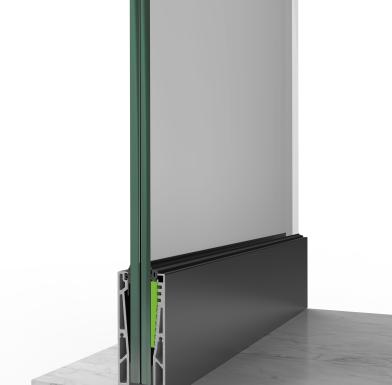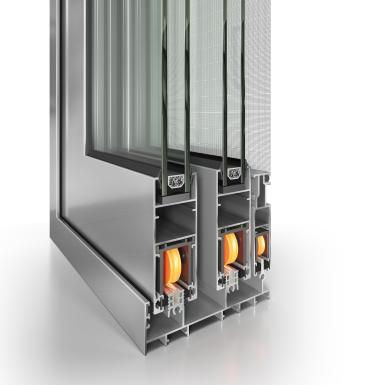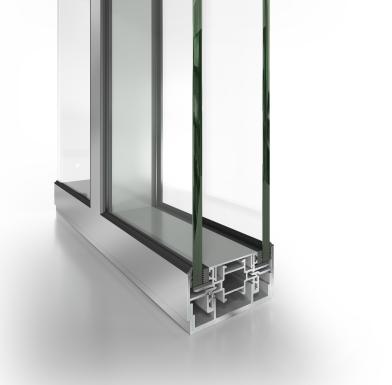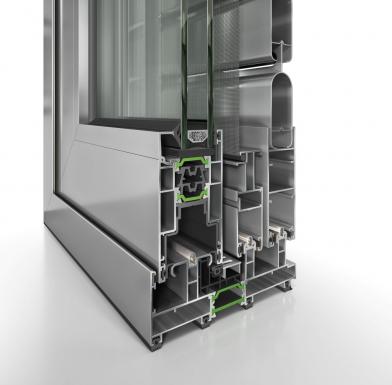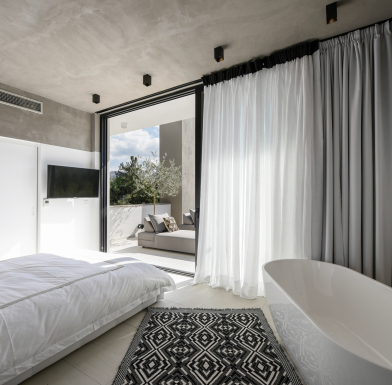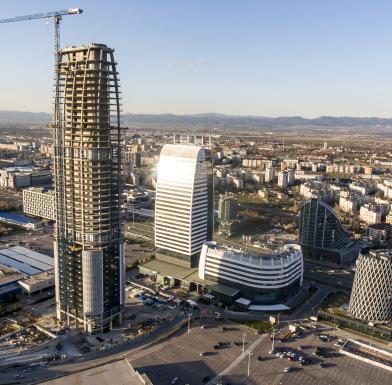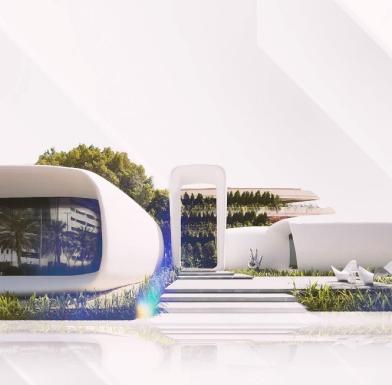THE GLASS -IТS ROAD IN ARCHITECTURE
Glass has found its leading position in modern architecture, with an increasingly wider application as a structural element. Its natural and clear vision corresponds perfectly to the latest trends in glazed facades, and through its high adaptability to other elements of the shell, color and technological innovation integrates into the bravest architectural projects.
Until years ago, glass was limited to material associated with sophistication and beauty, and its use was reduced to sophisticated crystal vessels and decorative elements. With the development of the architecture and the entrance of the glass facades into it a new and indelible trace has been created in urban landscapes, and now architectural glass forms modern trends in sustainable architecture.
Glass is an economical, environmentally friendly and recyclable material. At the same time, the glass elements in each design have two important characteristics - the level of light transmission and weight. Therefore, the innovations in glass production are focused on enhancing energy efficiency through the aesthetic and practical properties of glass products.
With the development of architecture, glass begins to be used to "open" the inner spaces themselves and connects their inhabitants, giving the feeling of freedom. Modern glass solutions, which offer acoustic and thermal comfort, combined with open interiors that extend the occupants' horizon, even in the most crowded urban environment, are being integrated. This tendency conquers office and commercial complexes, educational institutions and other public buildings.
It is not by accident that glass as a structural material is actively involved in modular construction. Modular design minimizes effort, material and time losses, especially on site. A glass is ideal for transportation in bulk or pre-formed shapes to assemble on site, encouraging clean construction. With its modular nature, glass structures cope with external influences - fire, wind, earthquakes and other natural elements. Individual modular areas of the project can be repaired or maintained independently of each other. Coated and laminated products control the spread of dangerous pieces in the event of impact; thereby suppress the fear associated with the fragility of glass.
Of all traditional building materials - wood, stone, masonry, metals, concrete - glass is probably the only one that continues to seek innovative improvements and we are yet to see incredible applications.
